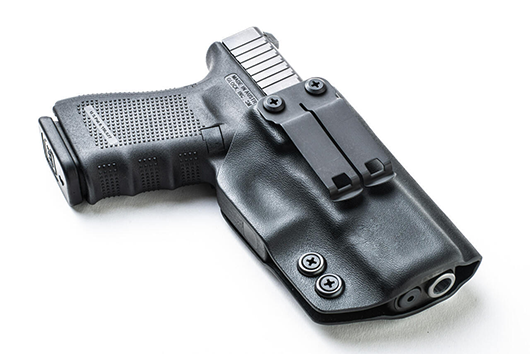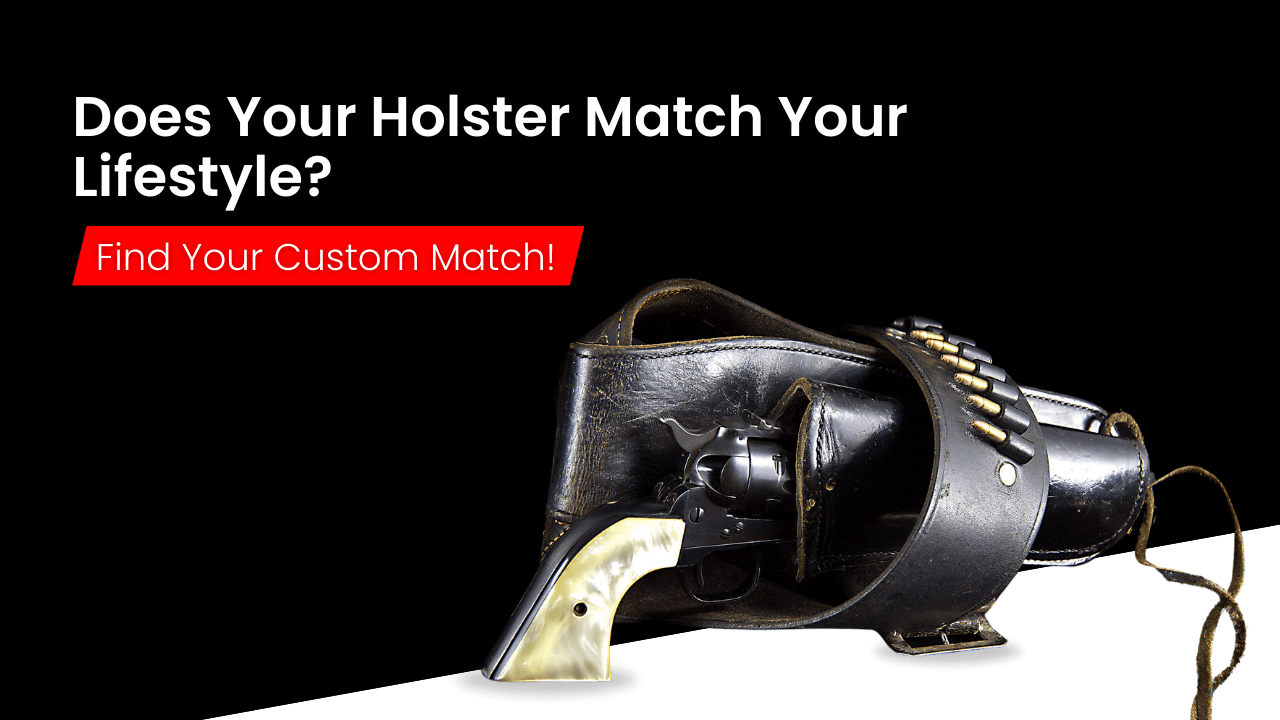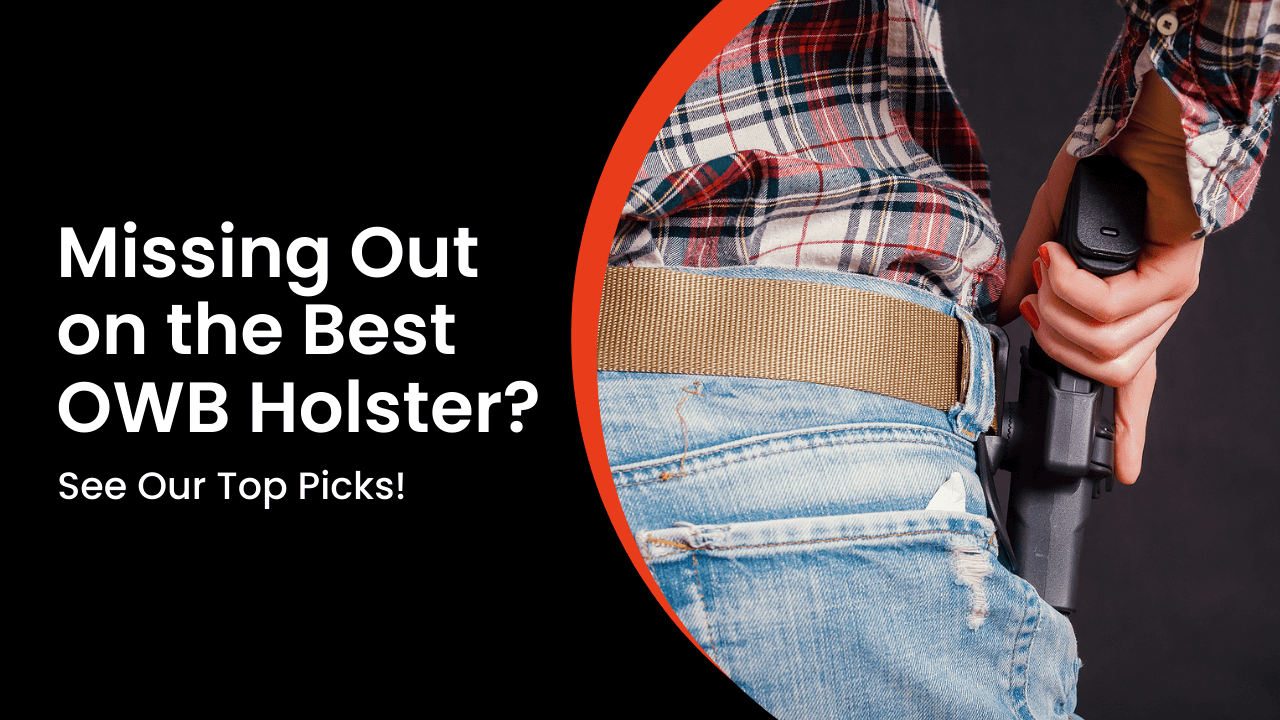Things You Need to Know About Appendix Carry
Jan 20th 2023
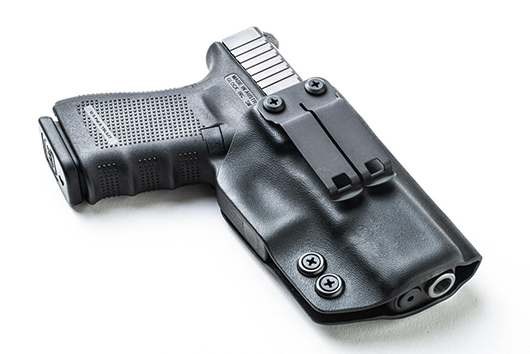
Appendix carry is one of the most popular and controversial concealed carry positions used by gun owners. When properly understood and practiced carefully, appendix carry offers unparalleled access and speed. However, if you don’t exercise caution and observe firearms safety rules diligently, the appendix position can be more dangerous than other methods.
What are the Advantages of Appendix Carry?
This carry position allows you to draw your weapon rapidly, as it’s in the front of your pants and doesn’t require that you sweep away a jacket or other cover garment. You may only have to lift your t-shirt, especially if you’re carrying in an AIWB holster.
You also won’t have to raise your shoulder, as you would when drawing from a strong-side holster, which can be painful if you have an injury; appendix carry lets you maintain a more natural arm position.
Depending on your physique, this can also be one of the most concealable positions to carry a full-size handgun. You don’t have to worry about printing, and a simple shirt can cover the weapon. The space between your abdomen and loose-fitting clothing creates a perfect hiding place for many shooters. Hiding the gun easily, however, depends on whether you have a relatively flat stomach. If you have a pronounced belly, this may not be the ideal position for you.
Unlike strong side, appendix carry can be far more comfortable to draw from while seated, especially inside a vehicle.
However, you should bear in mind that large handguns are often less comfortable to carry in the IWB position than lightweight, compact, and subcompact handguns explicitly designed for concealed carry.
Access and Speed
Appendix carry is one of the fastest positions to draw from, perfect for competition target shooting and self-defense alike, allowing you to retrieve your weapon quickly when you need it urgently. However, while your gun remains accessible to you, one of the other advantages of appendix carry is security. It’s considerably more difficult for an assailant to try disarming you by reaching for a weapon in an appendix holster than it is a holster on your hip.
Why is Appendix Carry Controversial?
If you imagine your waistline as the face of a clock, appendix carry places your firearm at the 12- or 1-o’clock position beside your navel. Some gun owners regard this position as either inherently unsafe or particularly dangerous because the handgun’s muzzle is pointed at your groin or femoral artery.
Suppose you experience a negligent discharge in this position. In that case, your likelihood of suffering a fatal injury is arguably greater than other carry positions, such as strong side (hip carry) or cross draw.
Firearms Safety
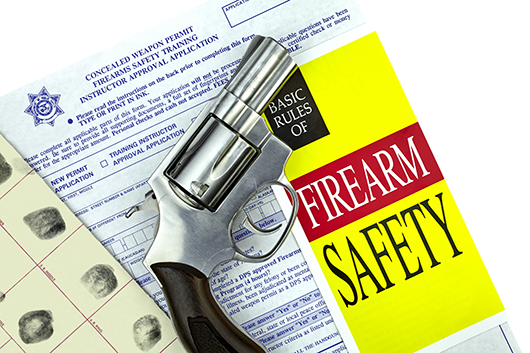
You must practice firearms safety consistently. As a reminder, the four basic rules of firearms safety are as follows:
- All guns are always loaded.
- Never let the muzzle cover anything that you are not prepared to destroy.
- Keep your finger off the trigger until your sights are on the target.
- Be aware of your target and what is behind it
There are numerous formulations of these rules, and the numbers may vary, but this is the classic set.
Safety is your responsibility, regardless of how you carry your gun, but you have a lower margin of error with appendix carry. You must practice trigger discipline and muzzle awareness at all times — failure to do so can be catastrophic.
There are additional factors that are worth discussing regarding appendix carry. The type of holster you choose to use can also reduce or increase your risk of injury.
Guns and Holsters
Soft leather holsters, especially when worn out, wet, or damaged, can interfere with your gun’s trigger guard on reholstering. This interference is a serious risk that should be recognized. If loose holster material enters the trigger guard on the downward stroke, it can fire the pistol, seriously wounding you.
Rigid, waterproof materials, such as Kydex, are preferable — they retain their shape.
The holster isn’t the only possible culprit here. If you practice AIWB (appendix inside the waistband) carry, your only cover garment is often a t-shirt. While this is convenient, you should always ensure that loose clothing doesn’t enter the holster mouth.
Other Considerations
In the age of modern striker-fired semi-auto handguns with trigger safeties, such as the Glock series, it is especially critical that you ensure your finger remains straight at all times.
While this is your responsibility, a good holster should cover the trigger guard to assist you in this manner. High-quality Kydex holsters also offer adjustable retention so that you can determine how tightly or loosely you want the holster to grip your firearm, affecting the ease of the draw stroke.
You may decide to install a striker control device. In Glock firearms, this replaces the slide cover plate, allowing you to block the striker’s rearward movement with your thumb, mimicking the action you would perform with a double-action revolver.
Final Thoughts
At Incognito Concealment, we practice all kinds of carry positions, and we appreciate the speed and concealability of appendix carry. If you have any doubts regarding this carry position’s safety or usefulness and would like to discuss this topic further with us, give us a call at (586) 999-5820. We’d be happy to help you decide which carry position and holster are right for you.

